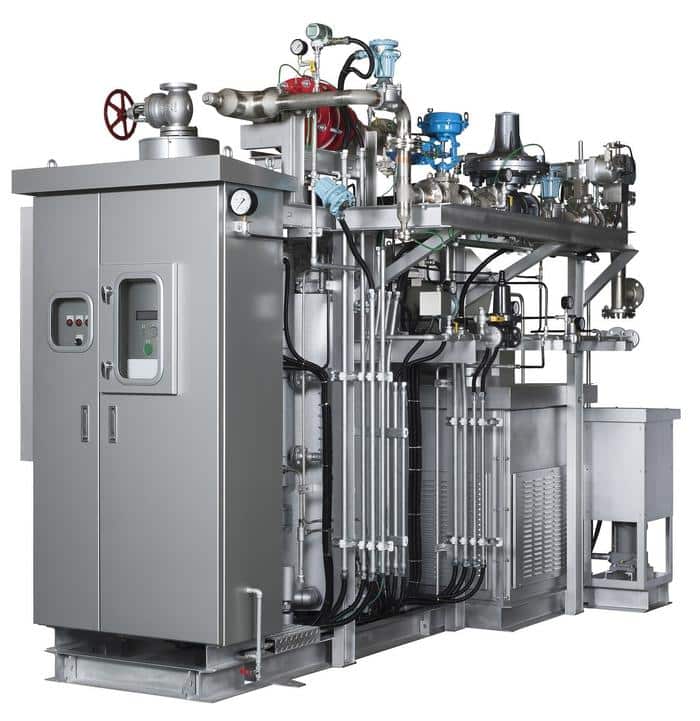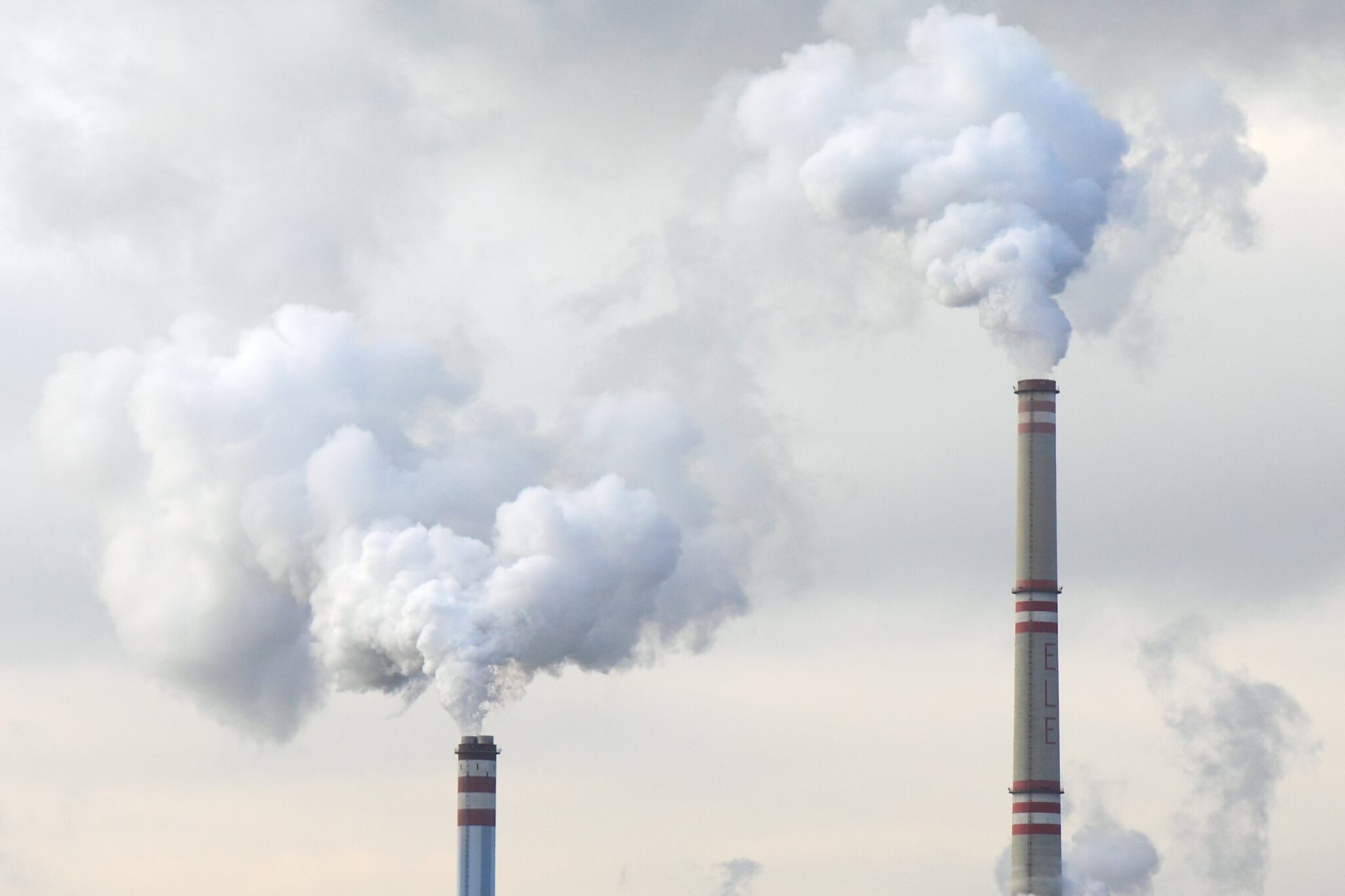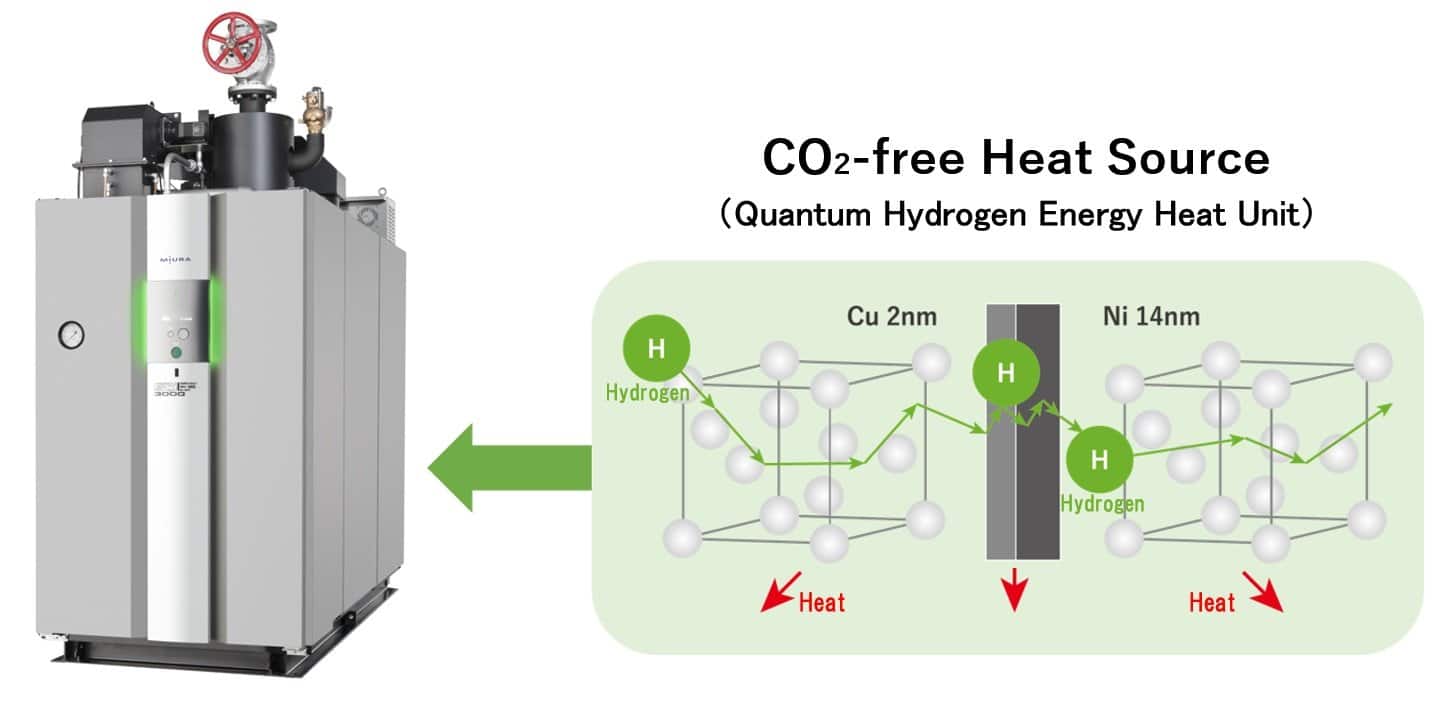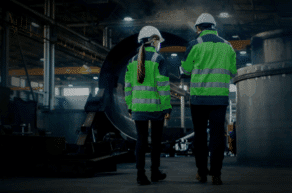Industrial Steam Boiler Technology and a Low-Carbon Future
Whether from solar power, hydroelectric facilities, or offshore wind farms, the global demand for renewable and low-carbon energy sources is rising. Governments, industries, and businesses worldwide are looking for innovative ways to help them reach ambitious carbon-neutrality targets set by the 2015 Paris Agreement.
As the second-highest consumer of primary energy and fossil fuels in the world after China, the US, especially, is under pressure to switch over to low- or no-carbon energy sources to limit greenhouse gas (GHG) emissions to help reduce global air pollution levels. Plans are already in place to install 1000 gigawatts (GW) of solar power by 2035 and 30GW of wind power by 2030 to help the US transition to a cleaner energy future.
Industries using primary energy and fossil-fuel energy sources like gas, coal, and oil for manufacturing and production also need to do their part to reduce their carbon dioxide (CO2) output. What does this mean for those who rely on modern industrial steam boiler technology, and how far away are we from being able to produce clean and affordable steam to reduce our carbon footprint?
We recently caught up with Miura’s Kiyotaka Sato (Global Business Development Manager) for his insights.
Are Modern Industrial Steam Boilers Low-Carbon?
Industrial steam boilers in the US typically burn natural gas, propane, No.2 fuel, oil, or kerosene oil to generate steam. When burned at high temperatures, these fossil fuels generate harmful emissions like CO2 and Nitrogen Oxide (NOx).
As a result of the global push for greener technologies, steam boiler manufacturers have already started to evolve their offerings to help their customers produce “cleaner” steam.
For example, Miura’s watertube steam boilers have a low-water volume design for optimal heat transfer to limit fuel wastage while generating steam. Our boilers are also modular and installed as a system of compact boiler units that can fire up quickly and produce steam in under five minutes to meet fluctuating steam load demands.
Within such a modular installation system, only the boiler units needed are activated, while the rest can be left in standby mode until more steam is required. Hence, fuel is only burned to produce steam when necessary, lowering emissions, fuel waste, and associated fuel costs.
Economizers can also recover heat from the combustion exhaust to increase the boiler’s efficiency – ensuring that the fuel used to heat the water achieves maximum potential. A heat exchanger helps pull heat off the exhaust port to preheat the feedwater tank water to about 140 to 200 degrees Fahrenheit.
Are Electric and Hydrogen-Fueled Steam Boilers Really ‘Greener’?
While electric or hydrogen-fueled steam boilers are considered low-carbon alternatives to fossil fuel boilers, Kiyo highlighted that replacing fossil fuel boilers with alternative energy boilers is currently very inefficient and expensive.
He acknowledged that “fuel sources such as petroleum and natural gas will eventually be replaced by hydrogen, ammonia, and methane synthesis, or natural gas with Carbon Capture and Storage (CCS)/Utilization (CCU).”
“Currently, however, a tremendous amount of energy is needed from geothermal, wind, solar, biomass, and waste energy sources to produce the same power as fossil fuel sources,” he added. “At this point, electricity and hydrogen are more expensive fuel sources than traditional fossil fuels; and, while hydrogen produces zero carbon emissions, it is far more expensive than natural gas or even electricity.”
Hydrogen is a ‘lean gas,’ which means that the combustion of 1m³ of hydrogen releases less energy than the combustion of 1m³ of rich gas. In short, you need to burn more hydrogen to get the same amount of energy from burning fossil fuels. In addition, electric-powered steam boilers aren’t as ‘green’ as some consumers may think they are.
“Although some may believe that electricity is a clean energy source, CO2-producing fossil fuels are burnt to generate about 70% of the electricity in the US. You also need more electrical power to generate the same amount of steam produced by a boiler using fossil fuels or natural gas,” Kiyo shared.
Comparing Fuel Costs and Carbon Emissions
To illustrate the costs-versus-carbon-emissions* comparisons of running an industrial steam boiler using natural gas, electricity, No.2 oil, propane, or hydrogen, Kiyo provided us with the following calculations based on specifications from Miura’s flagship LX-300 SG model.
If you use one of our LX-300 SGs at full power (i.e., 100% burn rate) for one year (approximately 8,500 hours), the fuel costs would be as follows.
Table: Fuel Costs Versus CO2 Emissions

*Average prices per unit of fuel in 2021 | US Energy Information Administration
“From our calculations, you can see that while hydrogen produces zero carbon emissions, hydrogen fuel costs for generating steam are over 12 times more than natural gas,” Kiyo explained.
“If you use electricity, the cost will be about five times that of natural gas, and the CO2 generated is about twice that of natural gas. The LX-300 is suitable for smaller processors or manufacturers. Should they want to convert from fossil fuel to electricity, they will need almost three megawatts (3000 kilowatts) of electricity to generate as much steam as our 300-horsepower steam boiler.
“They will also need additional utilities, such as thicker gauge wiring and potentially onsite transformers. More electricity will be required from their local utility company, which will be challenging to secure because of the government’s focus on shifting to renewable energy sources,” Kiyo added.
Miura’s Hydrogen Boiler Technology for the Future
Renewable and low-carbon energy costs aside, Miura is already preparing for a carbon-zero future with our hydrogen-fired steam boiler technology.
“Businesses that are faster to adopt ways of producing carbon-efficient materials will have people coming to them for their products because there’s pressure from all these factors to do it,” Kiyo explained.
Miura’s first-of-a-kind, once-through, hydrogen-fuel steam boiler is already being used in Japan.
“These hydrogen fuel boilers are equipped with a newly-developed low NOx burner. We have approximately 30 hydrogen-fueled boilers operating, which produce zero CO2 during operation. For the most part, these boilers are being used by companies where hydrogen is created as a by-product, as this helps reduce waste and costs.”
The smaller SI-2000-VS/AS multi-tube boiler models (pictured below) and the larger AI-2500 16S/20S models can be installed in a multiple installation system and utilize by-product hydrogen generated from factories as clean energy to produce steam.
Okayama Chemical Co., Ltd., for example, manufactures caustic soda at their Mizushima Plant; to reduce its carbon dioxide emissions, the plant reuses hydrogen released in soda electrolysis to power its steam boiler for heating its facilities.

The Next Generation of Renewable Energy: Quantum Hydrogen Energy
In September 2021, Miura Co. Ltd. announced its agreement with Clean Planet Inc. to develop industrial boilers that use Quantum Hydrogen Energy (QHe). According to Clean Planet, QHe is a clean energy source that generates heat through hydrogen quantum diffusion. It is a safe, stable, and affordable energy source “with a heat density at least 10,000 times higher than that of natural gas, and it is CO2 emission-free.”
While much still needs to be learned and discovered about the full capabilities of QHe and associated technology, the hopes are that it can be used as both thermal and electrical energy. Miura’s partnership with Clean Planet will enable the full-scale development of boilers that use Quantum Hydrogen Energy to help achieve a decarbonized society.
For Now, Natural Gas is the Best
At Miura, we believe that renewable energy development and technological innovation are necessary factors for achieving a decarbonized world. We have the experience and knowledge to support the ongoing decarbonization of heat sources such as electric and hydrogen boilers.
“While we wait for more cost-effective renewable energy sources for our boilers, our existing high-efficiency boilers can help our customers work to save energy now,” concluded Kiyo.
Contact a Miura rep today to learn more about our modular watertube steam boilers.





